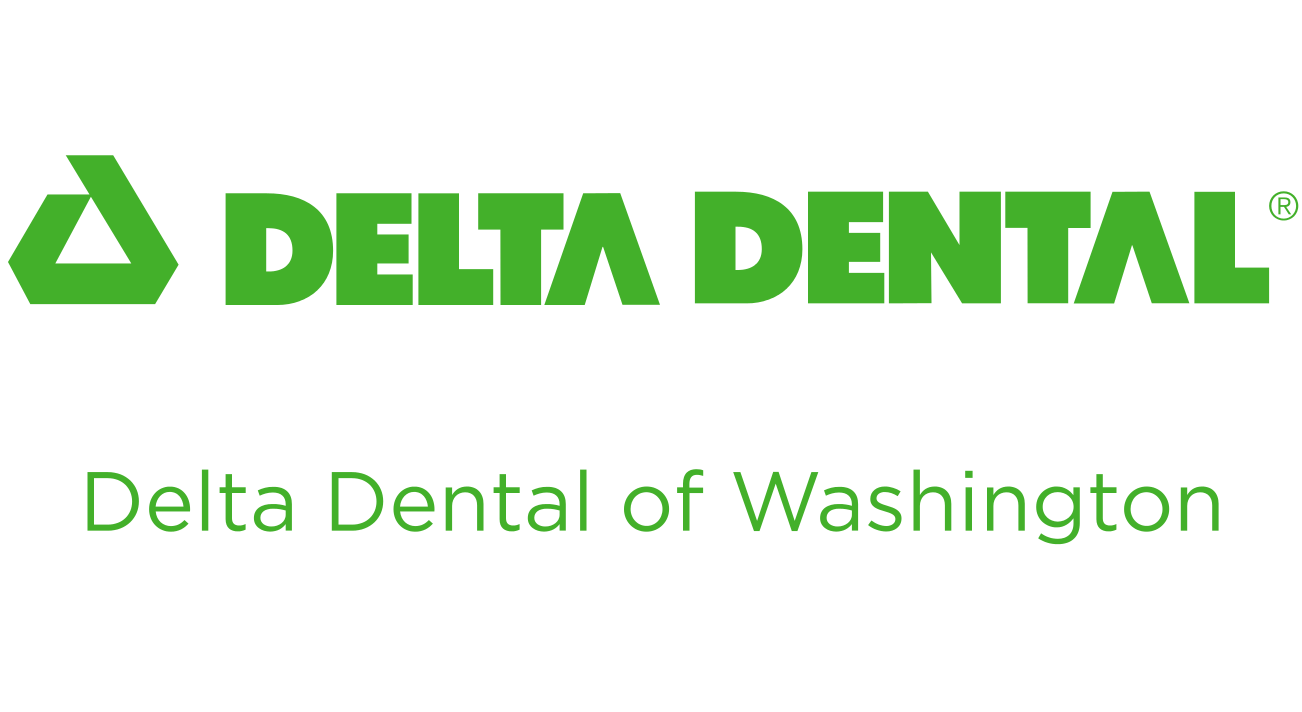How Much Is Dental Insurance?

Currently, Delta Dental of Washington offers six individual dental plans on the private market, starting from $29 to $69 depending on the plan.* Compared to the hundreds of dollars on average that people pay per month for regular health insurance, dental premiums are often a fraction of the cost.
Dental insurance costs vary depending on a wide range of factors. We can help you understand the variables that impact rates, including your age, your provider, where you live, whether you're purchasing for yourself or your family, and of course, the level of coverage you choose. Keep this information in mind as you shop for coverage and compare plans.
There are several financial factors to consider when comparing dental insurance, but the one you're probably most curious about is the monthly premium. This is the fixed rate you pay an insurance provider in exchange for coverage. The price stays the same for the entire policy period, which is typically 12 months.
Delta Dental of Washington offers six individual dental plans
on the private market, starting from $29 to $69 depending on the plan.* Compared to the hundreds of dollars on average that people pay per month for regular health insurance, dental premiums are often a fraction of the cost.
That said, individual factors play a big part in how much you'll pay per month. Those who are older or who live in cities with high costs of living can expect to pay more on certain plans. And of course, the more people you have covered by your plan, the more expensive it will be.
But by far the most important factor in determining the cost of dental insurance is your level of benefits, including what types of treatments your insurance covers and how much they'll pay.
- 100% coverage for preventative care, such as the exams, cleanings, fluoride treatments, and x-rays you receive during regular checkups.
- Around 80% coverage for basic procedures such as fillings.
- 50% coverage for major procedures, including crowns, root canals, non-surgical extractions, and gum disease deep cleanings.
The more treatments and the higher percentage a plan covers, the pricier it will be.
*These premium amounts are actual examples for certain specific plans offered in 2023 only. Plan premiums and designs are subject to change. Premium rates are dependent upon your plan choice, location, number of people insured, their age and relationship to you. See your plan Limitations and Exclusions for specific plan information.
Aside from your monthly premiums, the other factors that determine the cost of your dental insurance are any out-of-pocket payments you make for using your services.
Your dental benefits are essentially a cost-sharing plan between you and your insurance, so you're still responsible for certain payments depending on the treatments you receive. When shopping for a dental plan, you should also take into consideration your deductible, coinsurance, copays, and your annual maximum.
Deductibles
Your deductible is the set yearly dollar amount you pay directly to your dentist for covered services before your dental plan begins to pay. Annual deductibles typically range between $50 and $100. However, certain services, such as preventative treatments, are often waived, meaning you can get your twice-yearly cleanings without paying any additional fees. If you do get a procedure and meet your deductible for the year, you won't have to pay it again if you receive another treatment in the same policy period.
Coinsurance
After you pay any deductible you may have, that's when your dental insurance kicks in. But there are still out-of-pocket costs to consider.
For most dental insurance plans, your plan covers a percentage of the cost for restorative and major dental services (fillings, crowns, root canals, non-surgical extractions, and gum disease deep cleaning). The remaining percentage, known as your coinsurance, is what you must pay directly to your dentist. Depending on the treatment, it's common to pay anywhere between 20% and 50% of the total cost of the procedure. The lower your coinsurance, the higher your monthly premium will typically be. Many people prefer to pay a slightly higher monthly fee in favor of getting hit with a larger bill for services later.
Copays
Instead of coinsurance, certain dental benefits plans incorporate copays
. These are predetermined flat fees you must pay for dental office visits and/or receiving treatment. Plans with built-in copays often have cheaper monthly premiums but cover a smaller percentage of treatment costs (or may not cover them at all). If you're on a plan with a copay, the amount you pay is set.
Annual Maximum
Most, though not all, dental insurance plans come with an annual maximum. Typically, between $1,000 and $2,000, this is the total amount your insurance provider will pay for dental services in a single year. If you've reached this amount and still need additional care, anything further must be paid out-of-pocket.
While you can't plan for everything, trying to predetermine what dental care you may need can help you decide on a policy that will save you money in the end. Consider your family dental history, how long it's been since you've seen a dentist, and your overall health when comparing plans.
If your teeth are healthy and you don't anticipate needing anything beyond routine cleanings, then the lowest monthly premium might suit you just fine. But think carefully about this, especially if you or someone else on your plan needs significant dental work or is prone to cavities. In this situation, paying a higher monthly premium might actually save you money by lowering your other out-of-pocket costs in the future.
You'll also reduce costs by staying on top of your preventive services. By taking advantage of twice-yearly cleanings, x-rays, and fluoride treatments, you and your dentist can address problems early on before the need for more expensive procedures ever arise.





